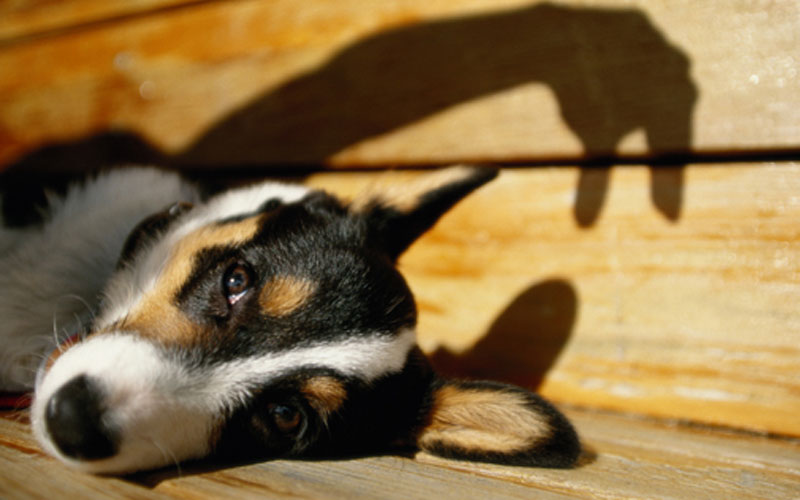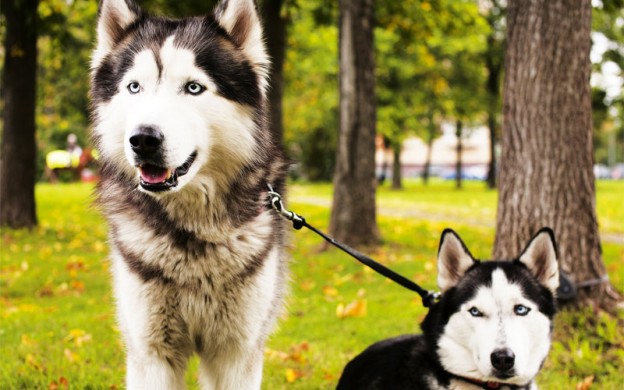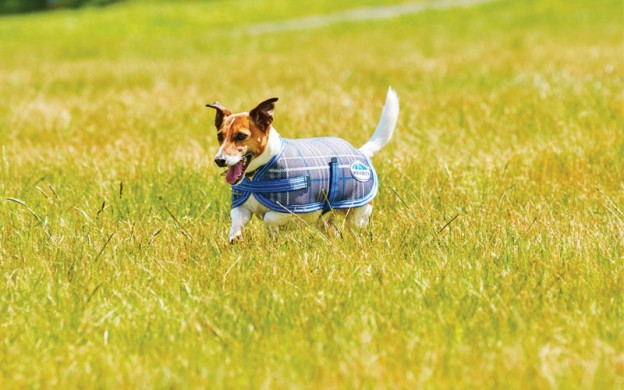
Got an outbreak of fleas in your home, or just keen to prevent one? Mel Hearse shares some tips and tricks to help control these troublesome critters.
Fleas can be the source of great irritation in your house, causing some dogs a great deal of grief with constant itching and scratching. They can also spread like wild”ire, attacking other pets and even aggravating you and your two-legged family members. They are wily creatures that can jump impressive distances, which makes them hard to get rid of unless you treat the problem thoroughly both in and outside your home.
While you’ll obviously need to treat your pet, and fast, to rid them of their newfound “friends”, treating the cause at the same time is just as crucial — otherwise they’ll be back on your dog immediately. Keep them at bay by thoroughly vacuuming (this should also include under couches, tables and bedding) on a regular basis. Wash your pet beds weekly and hang them outside in full sunlight to dry (this means you may need two sets of bedding in winter). Sand patches and outdoor patios are popular breeding grounds for “leas so if you have a recurring issue, you may want to treat these areas with outdoor products — just make sure to follow the instructions.
Saving treatments for summer
Nicole Battistessa from Purina says the warm weather prevalent in spring and summer is usually a time when pet owners turn their attention to leas as these humid conditions are a lea’s favourite time of year, but waiting for an outbreak is a mistake. She says adult leas can survive for up to a year without feeding on an animal, and they can be a tough enemy to fight if their population has been slowly multiplying throughout the cooler months. In short, prevention can lead to less need for a cure and can minimise chances of an outbreak.
How to treat an outbreak
Keep an eye out for the presence of leas by regularly combing through your pet’s coat onto a white sheet or piece of paper that is moist. Why? Nicole says lea droppings turn red when they are wet. You can also spot them by your dog’s reaction — symptoms of leas include scratching, inlammation (reddening of the skin) and dry, scruffy patches over the base of the tail.
Handle with care
Nicole says there are a number of precautions you’ll need to take when treating your furry friends for leas.
Here’s the list:
- Young, sick, pregnant and nursing animals may be more sensitive to flea treatments so talk to your vet before using them.
- Never use a dog flea product on a cat. Many flea products for dogs are toxic to cats — for example, those containing permethrin (check the label).
- Some products cannot be used to treat puppies under three to four months of age.
- Natural alternatives are available, though some can be toxic and may not be as effective.
- Remember to treat all pets in the household at the same time.
- Regular grooming and washing of your pet’s bedding is also important.
- Your vet is a great source of specialised advice as they know your pet and its health.
The original article was published in DOGSLife issue #140. Subscribe to our magazine here.







